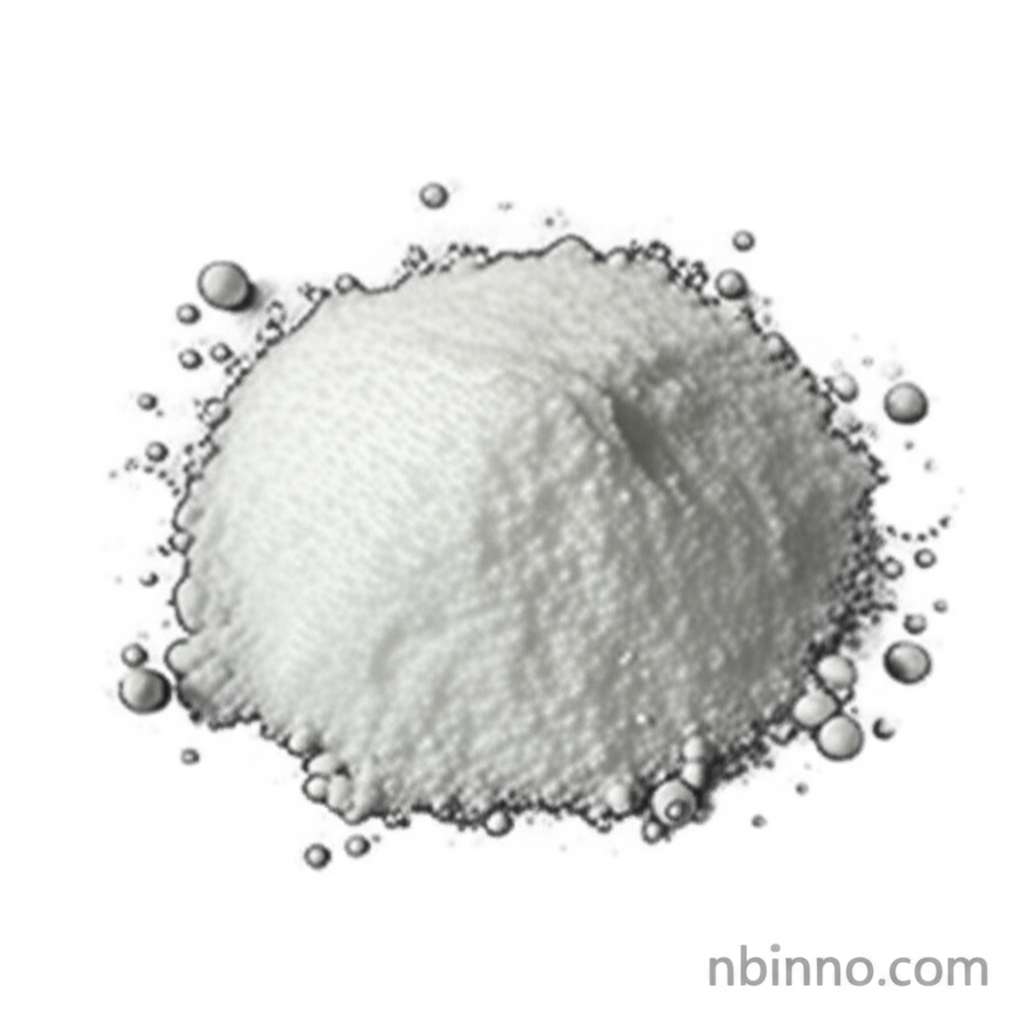Heptanedioic Acid (CAS 111-16-0): Properties, Applications, and Benefits
Discover the versatile uses of Heptanedioic Acid in polymer synthesis and as a key component in advanced plasticizer formulations.
Get a Quote & SampleProduct Core Value

Heptanedioic Acid
Heptanedioic Acid (CAS 111-16-0) is a critical dicarboxylic acid used extensively in the chemical industry, particularly in the synthesis of polymers and as a fundamental raw material for producing high-performance plasticizers. Its unique chemical structure allows it to impart desirable properties to various materials, making it an essential compound for research and industrial applications.
- Explore the various heptanedioic acid uses in specialized chemical synthesis and polymer development.
- Understand the key pimelic acid chemical properties relevant for industrial applications, including its stability and reactivity.
- Learn about the benefits of incorporating heptanedioic acid for polymers, enhancing material flexibility and durability.
- Investigate the role of pimelic acid plasticizer applications in improving the performance and longevity of plastics.
Key Advantages
Enhanced Polymer Performance
Integrating heptanedioic acid for polymers can significantly improve material characteristics such as flexibility, tensile strength, and thermal stability, opening up new application possibilities.
Versatile Plasticizer Component
As a raw material for plasticizers, its use contributes to improved processing, longevity, and performance in a wide range of plastic products, addressing specific needs in pimelic acid plasticizer applications.
Reliable Chemical Intermediate
The compound serves as a dependable building block in various chemical syntheses, offering consistent results for researchers and manufacturers exploring heptanedioic acid synthesis routes.
Key Applications
Polymer Synthesis
Heptanedioic acid is utilized in the preparation of various polymers, contributing to their structural integrity and functional properties. Researchers often investigate heptanedioic acid for polymers to develop new materials.
Plasticizer Manufacturing
It serves as a crucial raw material for the production of plasticizers, enhancing the flexibility and workability of plastics in numerous industrial uses, as seen in many pimelic acid plasticizer applications.
Biochemical Research
The compound finds application in biochemical research, aiding in studies related to metabolic pathways and the development of biomarkers, highlighting its importance in heptanedioic acid biochemical research.
Specialty Chemical Synthesis
As a dicarboxylic acid, it's a valuable intermediate for synthesizing other specialty chemicals, offering opportunities for innovation in chemical manufacturing through refined heptanedioic acid synthesis methods.
